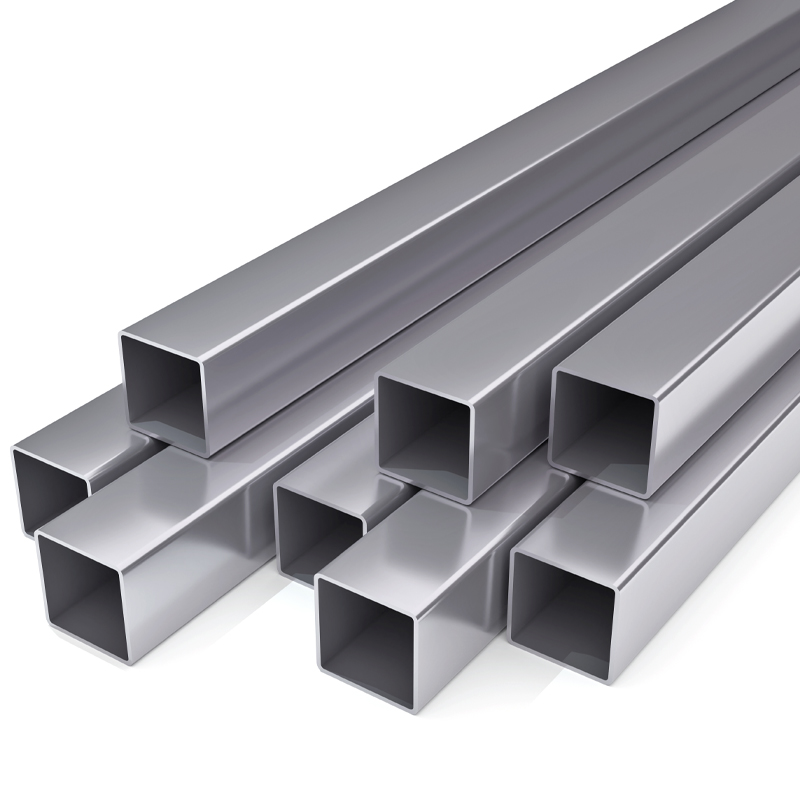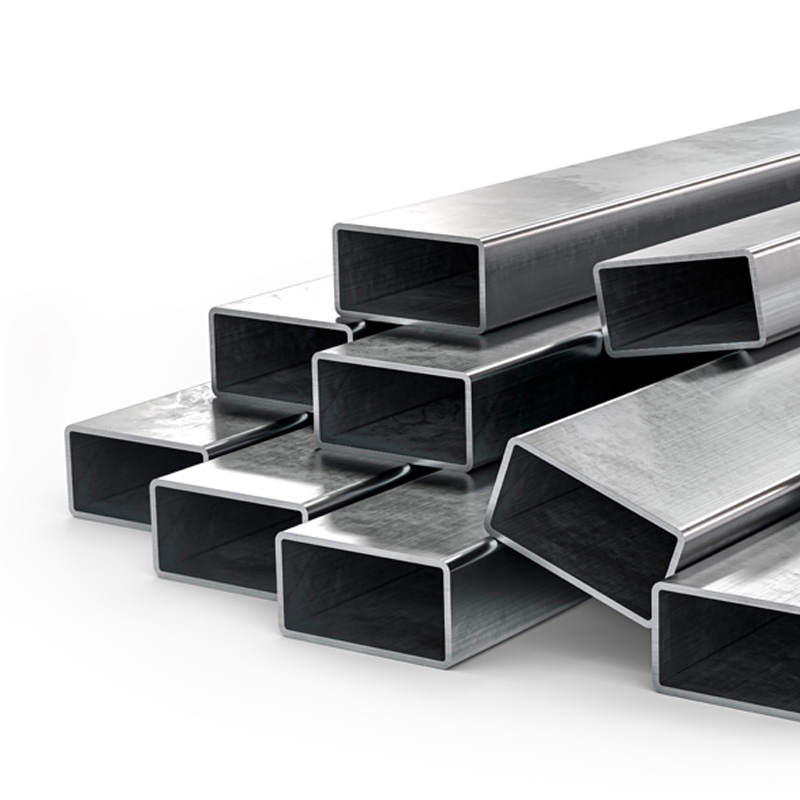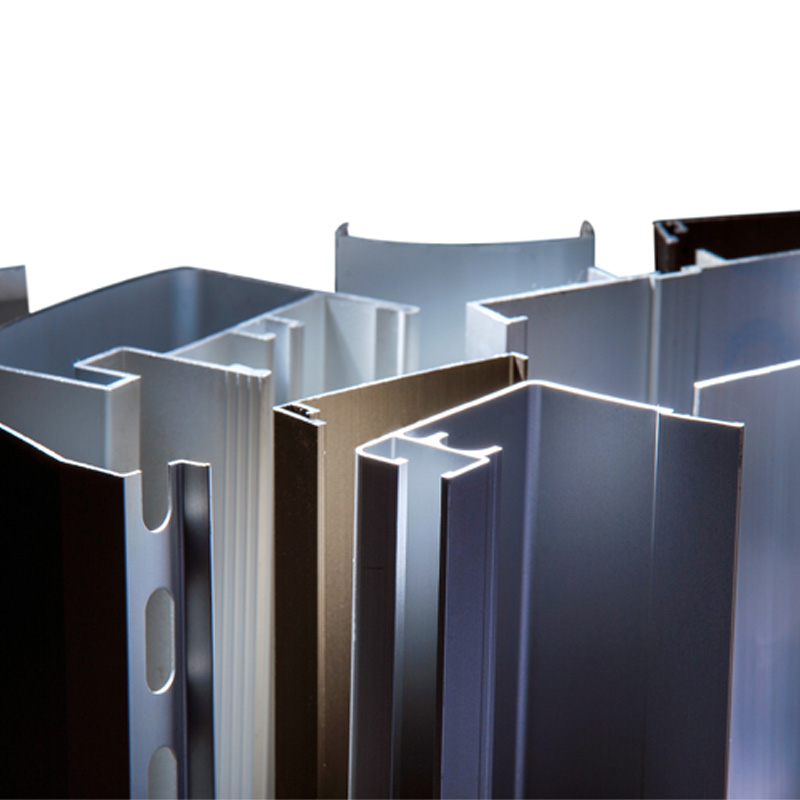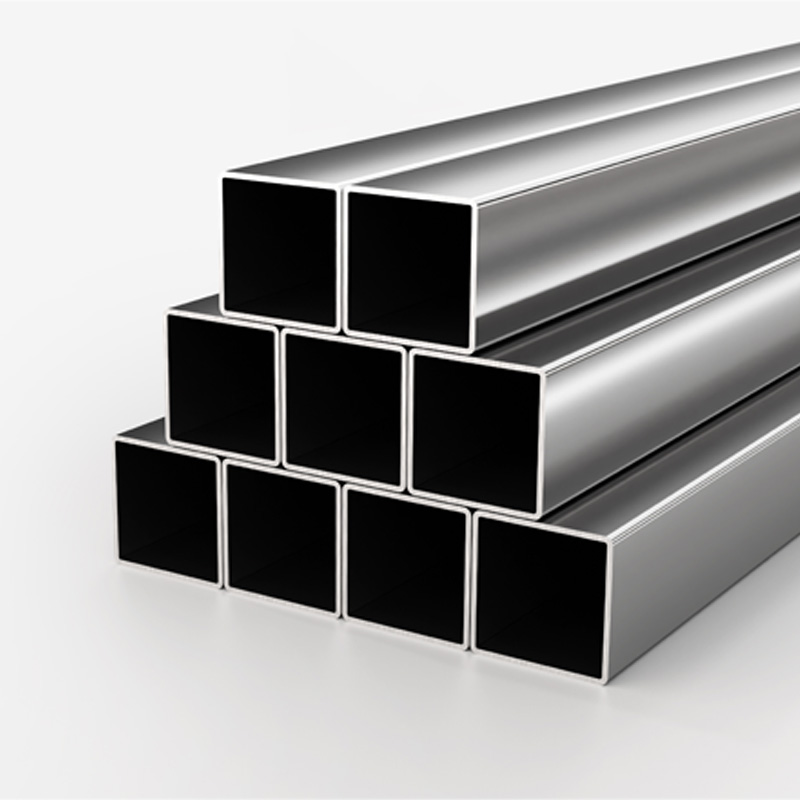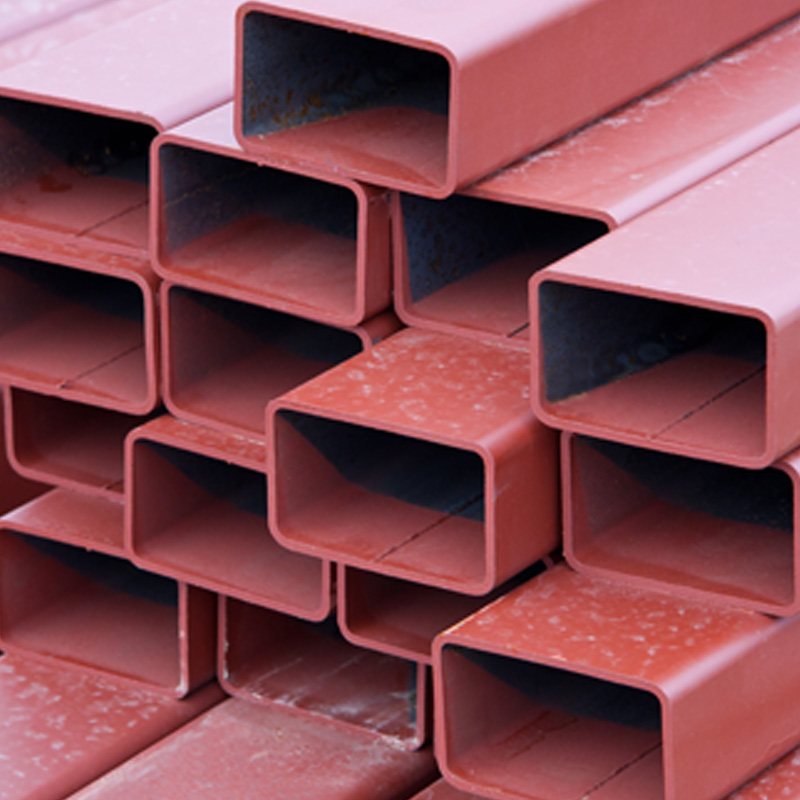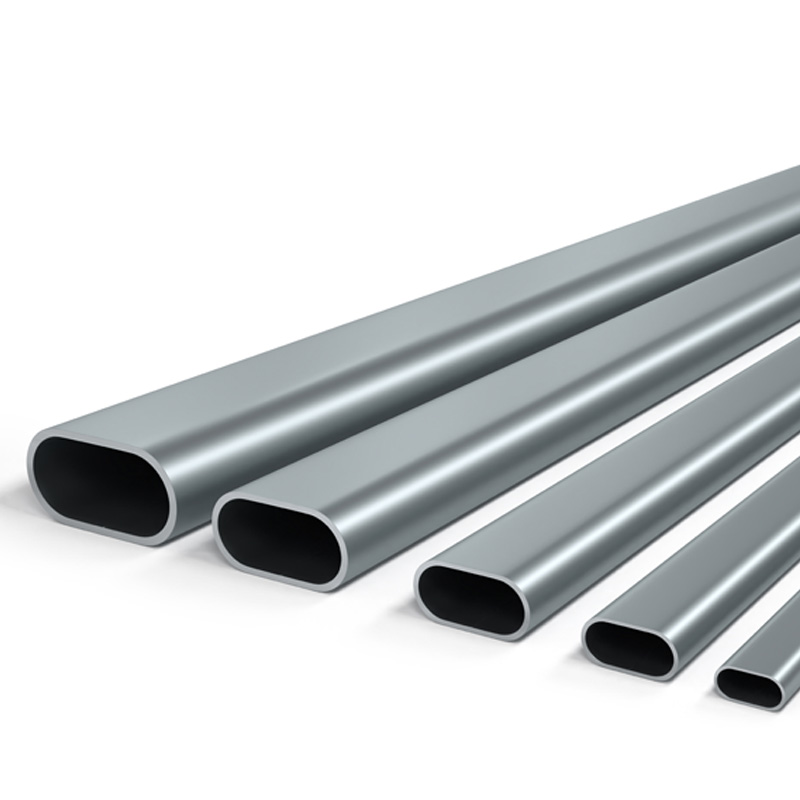What is Box Profile?
Box profile is produced in different sizes and thicknesses to suit various projects. Therefore, box profile manufacturers offer customizable solutions according to users' needs. The technology and material quality used in the production process determine the durability and longevity of the profiles.
One of the most important features of box profile is that it provides an aesthetic appearance. In construction projects, it offers both durability and a modern look. Additionally, its ease of processing extends its use across a wide range of applications, from furniture manufacturing to the automotive industry. Box profile manufacturers develop various designs considering the needs of different sectors.
These profiles have a wide range of applications, from building frameworks to decorative products. Box profile is preferred especially in projects requiring durability due to its high load-bearing capacity. Therefore, in the modern construction sector, it offers both functional and aesthetic solutions.
In Which Areas is Box Profile Used?
Box profile is used in many different areas due to its versatile nature. These areas include various sectors such as construction, automotive, furniture, agriculture, and industry. Box profile is especially preferred for its durability and lightweight, making projects both economical and long-lasting.
1. Construction Sector:
Box profiles are widely used in the creation of building skeletons, roof systems, and facade claddings. Their lightweight yet durable nature makes them indispensable in the construction of tall buildings and complex structures.
2. Automotive Sector:
In the automotive industry, box profile is used in various areas from chassis systems to supporting components. Offering high durability and lightness is crucial for fuel efficiency and safety.
3. Furniture Sector:
In modern furniture designs, box profiles are used to provide both aesthetics and durability. These profiles offer elegance and functionality in products like tables, chairs, and shelves.
4. Agriculture and Industry Sector:
Box profiles are widely used in areas such as agricultural machinery, greenhouse structures, and industrial machines.
Box profile manufacturers are currently accelerating their R&D efforts to utilize these materials in more areas.
What Are the Types of Box Profiles?
Box profiles are metal products widely used in various structural and engineering projects. They can vary based on their areas of use and technical specifications. Generally, types of box profiles are classified according to shape, size, and production processes.
In the first group, square box profiles are included. As the name suggests, these profiles have a square cross-section. They are preferred in projects that require structural durability and aesthetic appearance. They are particularly common in the furniture and decoration sectors.
Secondly, rectangular box profiles stand out. These profiles have cross-sections with different widths and heights. They are popular in the construction industry due to their larger carrying capacity and high strength with less material. They are frequently used in shelving systems and machinery production.
The third group includes oval box profiles and specially shaped profiles. These profiles are typically used for decorative and aesthetic projects and can also be designed for special needs.
Galvanized box profiles have a structure resistant to corrosion and are frequently used in outdoor applications. Box profile manufacturers produce these types in different sizes according to customer demands.
Types of box profiles offer significant advantages in terms of durability, application area, and design flexibility. Selecting the right box profile is critical for the success of the project.
What Are the Material Types of Box Profiles?
The materials used in the production of box profiles determine properties such as durability, lightness, and corrosion resistance. The choice of material varies according to the area of use and the requirements of the project. The most common material types are as follows:
1. Carbon Steel:
Most box profile manufacturers use carbon steel material. Carbon steel is preferred in construction projects, machinery production, and transportation systems due to its high strength and durability. It is also an economical option due to its affordable cost.
2. Stainless Steel:
Box profiles made from stainless steel are used in outdoor applications and areas where hygiene is crucial due to their corrosion resistance. They are generally preferred in the maritime, food, and health sectors.
3. Aluminum:
Aluminum material is very popular because it combines lightness with high strength. Aluminum box profiles are used especially in decorative and transportation projects. Despite being lightweight, its durability makes it a long-lasting solution.
4. Galvanized Steel:
Steel box profiles protected by galvanizing provide extra resistance to corrosion. This type, preferred especially in outdoor applications and humid environments, is a durable and reliable material.
5. Special Alloys:
Some box profile manufacturers use specially designed alloys for projects. These alloys can provide profiles with extra durability, flexibility, or lightness.
The material types used in the production of box profiles play a decisive role in the success of projects. Each type of material has its own unique advantages and is used in various sectors. Choosing the right material according to the application's requirements is quite important.
In Which Industries Are Box Profiles More Preferred?
Box profiles are indispensable in many industries due to their wide range of applications. They are frequently preferred in applications where durability, lightness, and aesthetic appearance are important.
The construction industry is one of the most common sectors using box profiles. In load-bearing systems such as steel constructions, building frames, and roofs, box profiles provide both strength and longevity. Additionally, in large projects like bridge construction, the durability of box profiles stands out.
The furniture industry also frequently uses box profiles. Thanks to their lightness and easy moldability, box profile types are preferred in tables, chairs, and shelving systems. Moreover, they attract attention with their aesthetic appearance in decorative products.
In the transportation sector, box profiles are widely used in truck bodies, trailers, and railway systems. Their light and durable structures increase carrying capacity while providing energy savings.
Standards Used in Box Profile Production
Box profiles are used in many areas, from industrial structures to furniture manufacturing. Adhering to specific standards in the production of these products is important for durability and safety. The most fundamental standards in the production process include steel quality, measurement precision, and the structural suitability of members.
The most commonly used steel grades in the production of box profiles are high-durability materials such as S235, S275, and S355. These materials are determined in compliance with various international standards. Standards like EN 10219 and EN 10305 guide the production quality throughout the production process.
Having homogeneous profile sections and consistent dimensions increases the tensile and compression strength of box profiles. Additionally, the welding technology used during production and the smoothness of the surface also affect quality.
To ensure box profiles are resistant to environmental factors, corrosion prevention processes like galvanizing can be applied. This provides advantages in terms of both longevity and cost-effectiveness. Production in compliance with standards enables box profiles to offer safe solutions in both urbanization projects and individual uses.
What Can Be Done to Increase the Load Capacity of Box Profiles?
Increasing the load capacity of box profiles allows these structural elements to be used more effectively in various applications. Firstly, attention should be paid to the material quality of the profiles. For example, opting for high-strength materials like S355 steel makes it possible for the profiles to function without deformation under higher loads.
Profile design is also an important factor affecting load capacity. Increasing the cross-sectional area or surface thickness significantly improves the strength of the profile. Moreover, the welding quality at the profile's connection point is a critical element that determines load capacity. Proper connection designs should be made to optimize load distribution.
Improvements to the internal structure of box profiles can also contribute to load capacity. Using filling materials or supportive elements like steel rods can increase the profile's strength. Additionally, applying galvanization or special protective coatings on the profiles prevents wear over time, ensuring longevity.
Box Profile Production Process
Box profile is a material widely used in construction, furniture, automotive, and various industrial sectors. Box profile manufacturers produce this material to offer high durability and longevity. The production process consists of specific stages and is carried out using modern technologies.
In the first step, the steel sheets used as raw material are processed at high temperatures. During this process, the sheets are rolled into a thin form. Then, these sheets are shaped into the desired geometric form of the box profile using rollers. Box profile types are determined at this stage; square, rectangular, or special sections are shaped in this way.
After the shaping process, welding is done to increase the durability of the box profile. The welding process is usually carried out by automatic machines and increases the strength of the material. The profile surface is protected against rust through galvanizing, painting, or different coating processes. Box profile manufacturers meticulously conduct quality control processes to ensure the product complies with standards.
Thanks to modern production techniques, box profile types of different thicknesses and sizes are produced, offering a wide range of applications. This process makes it possible to ensure both cost-effectiveness and high quality.
Advantages and Disadvantages of Using Box Profiles
Box profile types are preferred in many industries due to their sturdy structures and versatile uses. However, like every material, box profiles also have their advantages and disadvantages.
Advantages:
High Durability: Thanks to its steel structure, it is resistant to heavy loads and offers long-lasting use. It especially enhances the safety of structures in the construction sector.
Diversity: Box profiles available in different sizes, thicknesses, and shapes provide solutions suited to projects.
Easy Installation: Its lightweight structure and standard measurements facilitate installation processes and save time.
Aesthetic Appearance: It is an ideal material for stylish and modern designs in the furniture industry.

 TR
TR

 Box Profiles
Box Profiles Sheets
Sheets Pipes
Pipes Rolling Mill Products
Rolling Mill Products Construction Steels
Construction Steels Steel Meshes
Steel Meshes Construction Steel
Construction Steel Engineering Steels
Engineering Steels